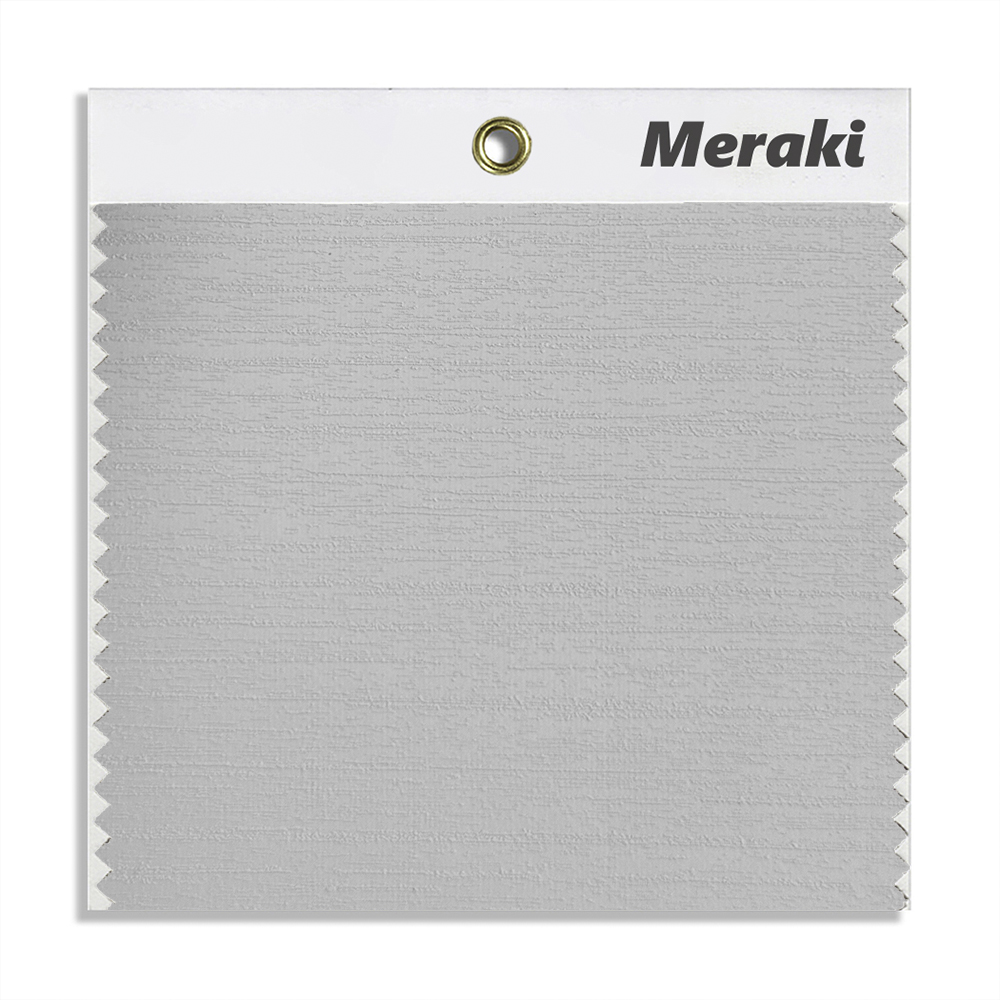The Basics of Inkjet Textile Printing
Inkjet textile printing leverages digital technology to produce designs directly from electronic files onto fabrics. Unlike traditional screen or plate-based methods, this approach permits direct printing, offering greater flexibility and precision. The process is initiated by creating a digital design using software like Adobe Illustrator, operating within the CMYK color model. This enables designers to craft complex patterns, vivid colors, and intricate imagery.
Design Flexibility and Customization
Inkjet textile printing allows for unparalleled design flexibility. Designers have the liberty to create custom designs tailored to specific needs or select from pre-existing patterns. This versatility is invaluable for factories and exporters aiming to produce a wide range of textile products swiftly.
Creating Intricate Patterns and Designs
One of the standout features of inkjet textile printing is its ability to reproduce intricate patterns with high precision. The digital nature of the process ensures that even the most complex designs are rendered accurately.
Reproducing Detailed Imagery
Through careful manipulation of the design files, inkjet printers can achieve remarkable detail, making them suitable for reproducing photographs and other highly detailed designs. This capability is especially beneficial for custom orders where uniqueness is paramount.
Color Management in Inkjet Printing
Effective color management is crucial in inkjet textile printing to ensure vibrant and consistent results. The process involves separating the digital design into individual color channels, enabling precise application of each color.
Achieving Color Accuracy
By using advanced color management techniques, printers can ensure that colors are reproduced accurately on fabric, meeting the high standards expected by factories and exporters. This accuracy reduces waste by minimizing the need for reprints.
Ink Varieties for Textile Printing
The choice of ink is vital in achieving the desired print quality. Different types of inks, such as reactive, acid, sublimation, pigment, and disperse inks, are used depending on the fabric type and intended application.
Choosing the Right Ink
The selection process involves considering factors such as fabric compatibility, desired color vibrancy, and durability. This decision impacts both the aesthetic and functional aspects of the final product.
Fabric Preparation and Treatment Processes
Before printing, fabric must be prepared to optimize ink absorption. This involves cleaning and treating the textile to remove impurities that might hinder print quality.
Ensuring Longevity and Quality
Proper fabric treatment enhances the longevity and vibrancy of the print, which is critical for exporters who need their products to maintain quality during shipping and use.
Printing Techniques and Methods
There are two primary methods used in digital textile printing: direct-to-fabric and transfer printing. Each method offers unique advantages depending on the desired outcome.
Choosing Between Direct and Transfer Methods
Direct-to-fabric printing applies ink directly onto the textile, while transfer printing first applies designs to a paper medium before transferring them to the fabric. The choice between methods depends on factors such as fabric type and production scale.
Post-Printing Processes for Durability
After printing, fabrics undergo drying and fixation processes to ensure the print's permanence. These steps are crucial for maintaining the design's integrity through wear and washing.
Drying and Fixation Techniques
Various methods, such as air drying, heat drying, and heat-press fixation, are employed to bond the ink with the fabric fibers, ensuring colorfastness and durability.
Specialized Inks for Diverse Fabrics
Each fabric type may require specific inks and treatments to achieve optimal results. This section discusses the use of specialized inks like pigment and acid inks for different materials.
Matching Inks to Fabric Requirements
Specialized inks are used to accommodate the diverse properties of different textiles, ensuring that each design adheres well and remains vibrant and durable.
Environmental Impact of Digital Textile Printing
Inkjet textile printing is praised for its environmental benefits, including reduced water and energy consumption. This method is more sustainable than traditional printing practices.
Quantitative Environmental Benefits
Switching to digital textile printing can decrease water usage by up to 90% and energy consumption by 30%, making it a preferred choice for eco-conscious factories and exporters.
Market and Industry Implications
The adoption of inkjet textile printing has significant implications for the textile industry, offering new opportunities for customization, reduced costs, and enhanced speed to market.
Economic and Market Advantages
By enabling cost-effective small batch production and rapid design changes, digital printing technology is poised to revolutionize how factories and exporters operate in the global textile market.
Meraki Provide Solutions
Meraki understands the dynamic nature of the textile printing industry and provides cutting-edge solutions that cater to custom needs. Our expertise ensures that your designs are brought to life with precision and vibrancy. Whether you're a factory looking to enhance production efficiency or an exporter seeking durable and eye-catching textiles, Meraki offers the tools and technologies to achieve exceptional results. Trust in Meraki for a seamless integration of inkjet printing solutions tailored to your specific requirements.
User hot search: inkjet textile printing wall covering
Post time: 2025-08-13 17:37:06


